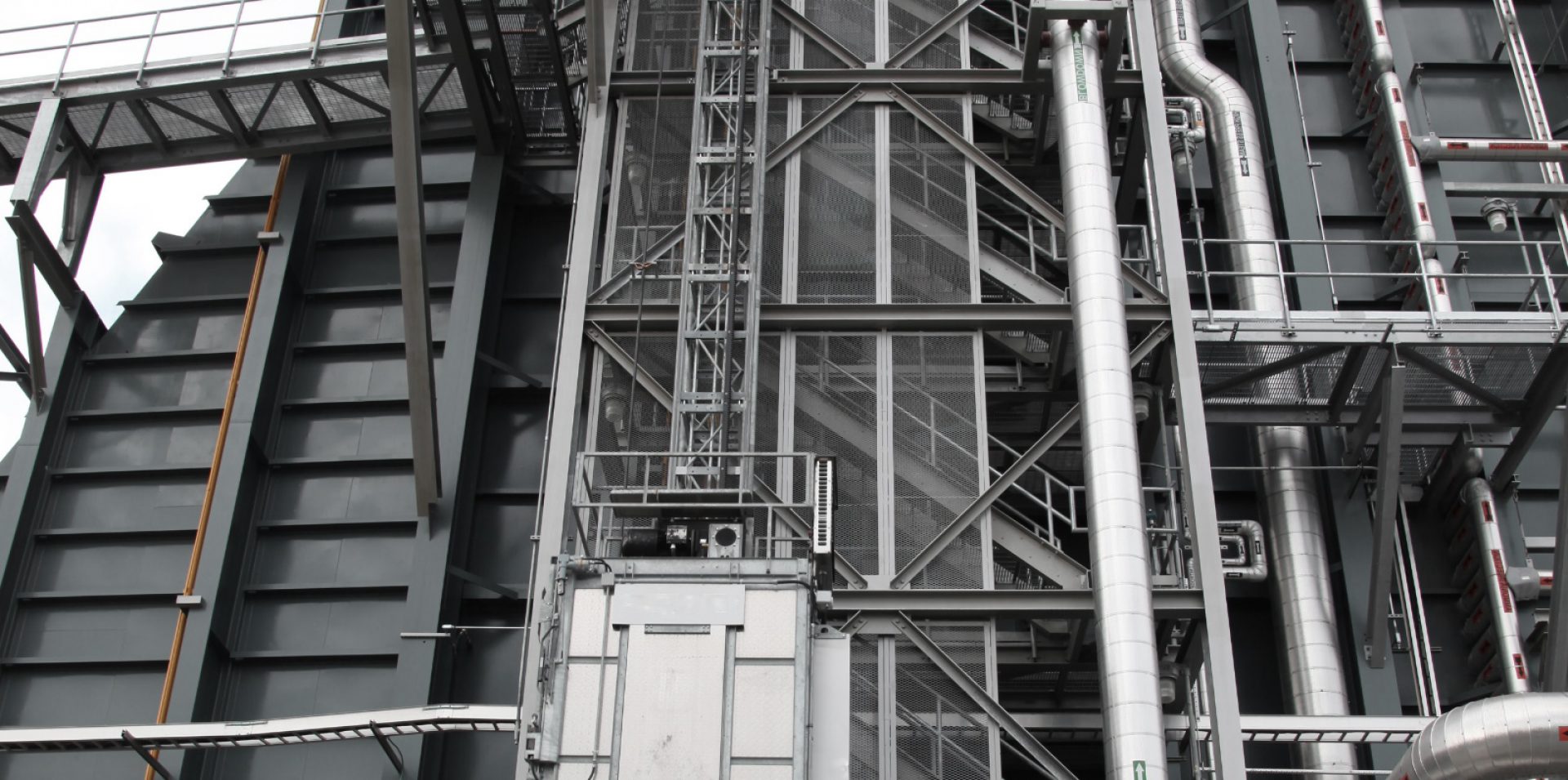Aide closes, also known as piston jewelry, are closing jewelry that is developed to prevent liquid flow within the tubes. These products are recognized by the gap or divided within the band. The gaps allow for easy set up and take apart it. It also makes the closure comply with the cylindrical tube area, thus avoiding flow and enhancing closing effectiveness. This type of closes is usually used in gas and air-driven programs.
Which are components used in it?
There are different components used in Common components used pom bearing to make it effective. Different things are like Polycarbonate Memory (TPU), Polytetrafluoroethylene (PTFE), Polyamide (PA), Nitrile Rubberized (NBR).These components are developed to provide closes the essential durability, use and heat range level of resistance for long service in an program.
Factors that Impact the Design of Aide Seals
Materials: Seals can be produced with one or more components, based on the program. However, certain components have been found to be useful in gas and air-driven programs.
Displacement Gaps: In program, unexpected rises in stress can take place when the tubes respond to exterior causes performing on the piston rod. This can result in the cylindrical tube placing a lot of stress on the piston closure. Extreme stress can even harm the closure, leading to displacement holes. The right choice of polyurethane hydraulic seals can help to prevent or decrease this problem. Information Ring Performance: Information jewelry is used along with piston closes to prevent any steel to steel get in touch with between the polyurethane hydraulic seals carried and the piston. The efficiency of the closure and the band go hand-in-hand. The closure is only a little bit able to handle the moving movement of the piston. The guide band has to middle the piston so that it perfectly gets to the cylindrical tube carried. If this is not achieved effectively, it can significantly change the efficiency of the closure.
Leaking and Drifts: When the cylindrical tube is not in use, the piston is organized in its appropriate place by the inner liquids. If unwanted liquid gets released into the cylindrical tube – from the inner device or an exterior flow – it can cause the piston to start moving. While little liquid flow is allowed, the piston closure should be in a place to prevent excessive liquids from coming into the cylindrical tube. Fixed Sealing: In some programs, the piston is connected to the rod. This is conducted by using one of two techniques. The first one includes solving the rod to the piston by using a secure nut. The second method includes welding the piston to the rod. Fixed piston closes are used in this example to act like a gasket – keeping get in touch with the two areas while avoiding liquid flow.
